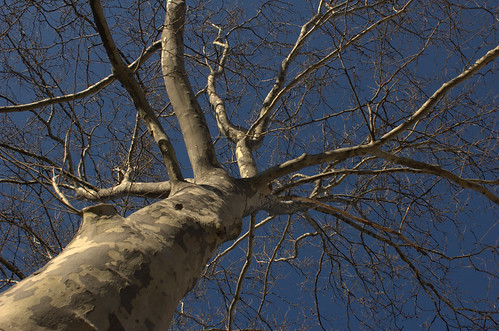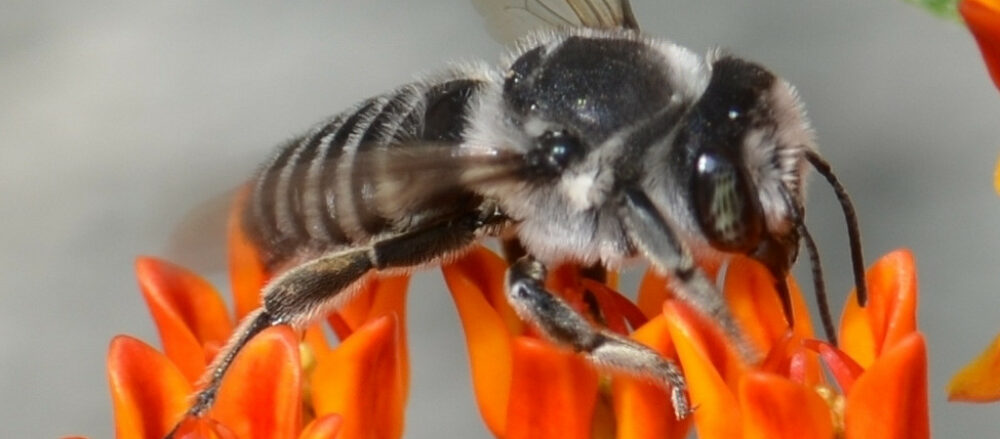The London Plane Tree in front of our house. It’s taller than the house, and provides shade in the summer and fall.
Over the last two summers, more than a thousand people volunteered to conduct a tree census of the five boroughs, the second in the city’s history (the other was in 1995) — and the first to put a price tag on each specimen.
… Each tree’s type, age, size, and location was fed into a computer program, developed by the U.S. Forest Service and the University of California, Davis, that quantified the plant’s annual value in saving energy costs (more shade means less air-conditioning), improving air quality, absorbing storm-water runoff, and prettifying the block. The study determined that street trees are collectively worth $122 million a year to the city, with an average of $50 to $300 apiece.
Not surprisingly, the oldest and largest are worth the most. … The standard formula says a dwelling with a tree in front is worth .88 percent more than a home without one … The city’s math allowed for a tree’s effect on property values, but with a limitation: The survey priced all houses equally, at $537,300, the median cost of a single-family home in 2005.
The article goes on to profile the value to the city and the homeowner of four different street trees in four different settings. Based on its age, and the real estate prices in our neighborhood, I’m estimating our street tree is worth $300-400 a year to the city, and adds about $10,000 to our property value.

Sycamore maple, Acer pseudoplatanus indeed has the flaky bark shown in your image.
Sycamore, aka London Plane Plantanus x acerifolia also has flaking bark.
As an aside, don’t you just love the Latin names – first a maple that’s like a sycamore, then a sycamore with a maple-like leaf. Ah, taxonomy.
Quick way to distinguish – maple seeds are “keys”, if it has a spherical ball of seeds around a pit-like core it’s a London plane.
Looks like a London Plane to me; those olive tones of the under-bark seem to always be present on trees of that hybrid lineage.
Judy, Larry: Thanks for the tips. I’ve been through two falls with it now. You’d think I would remember what fell from it! I seem to recall the little balls, which would make it a sycamore rather than a maple.
It should begin blooming soon, so I’ll keep an eye out for flowers, too.
I've finally settled on London Plane Tree. Although the fruit is more characteristic of Sycamore, the olive-colored flaking bark has settled it for me.